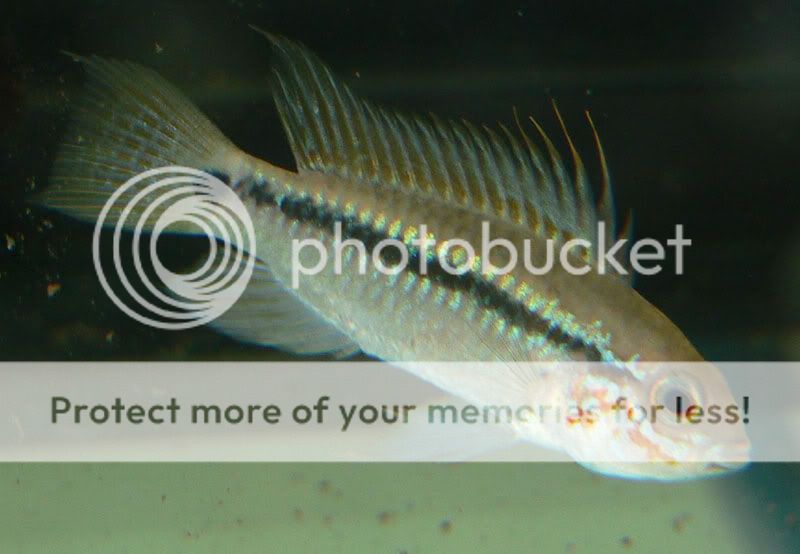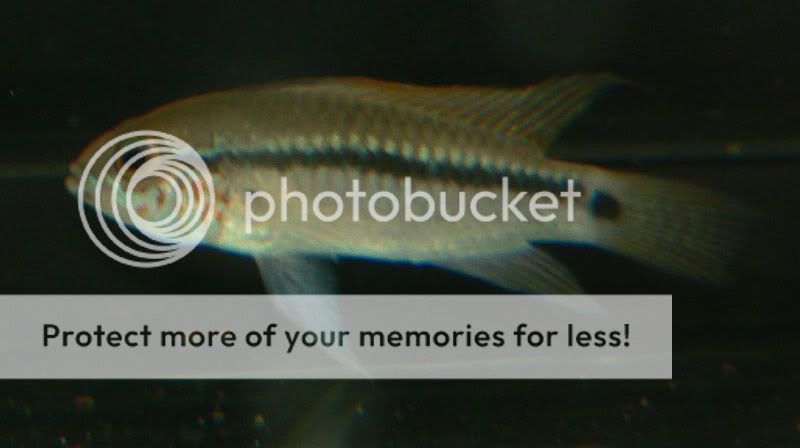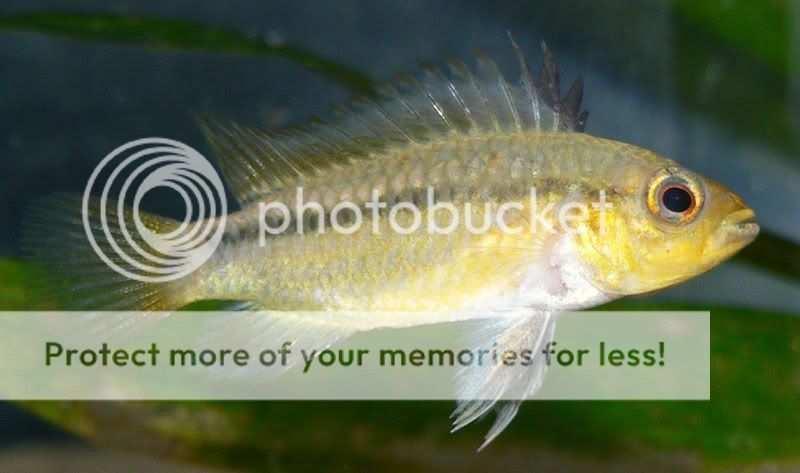tomsteer
Fish Fanatic
Hello,
Some of you may have noticed my post a few days ago, I received these two through the post on Wednesday and within hours of being in the tank they where flirting.
This morning I noticed that the female was defending her cave, chasing off anyone who got too close (including 3.5"ish discus when she's about an inch)
The female with her nose down, seems to be their aggressive stance
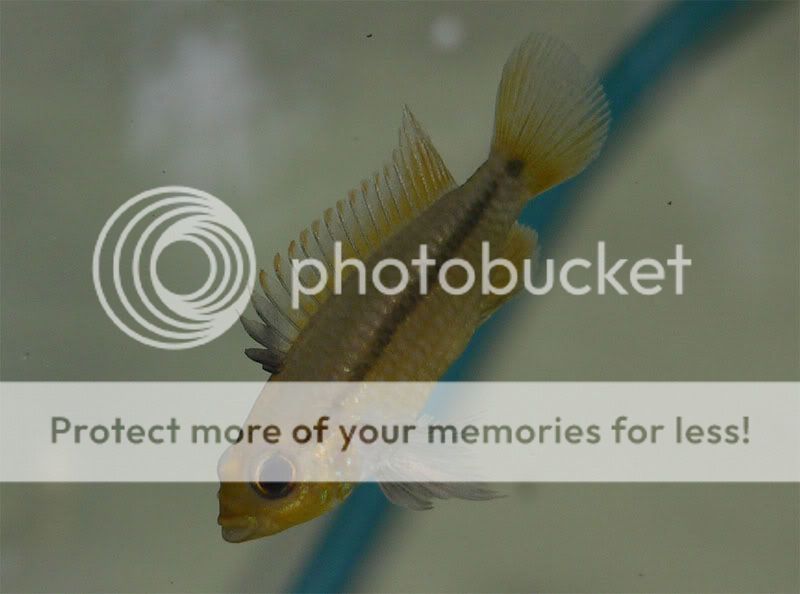
Another of the female
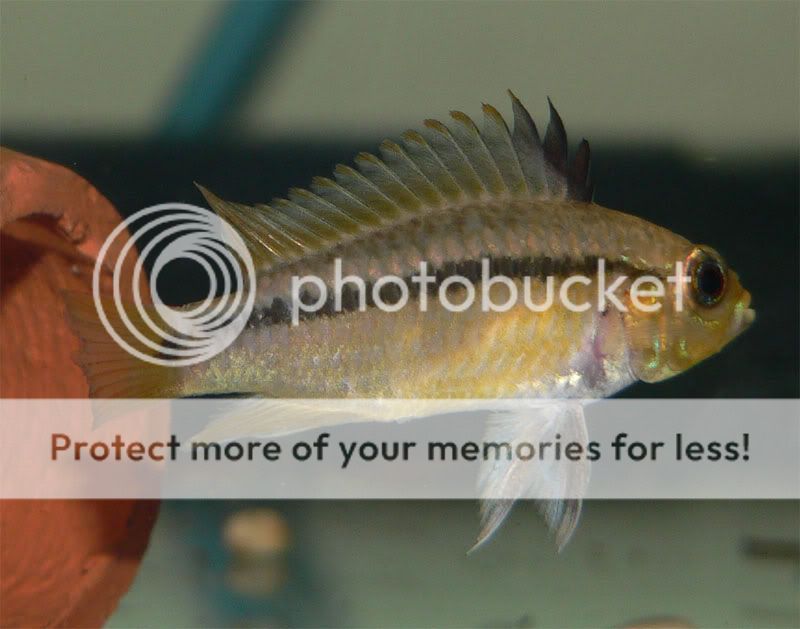
A bad one of the male but look in the cave!!
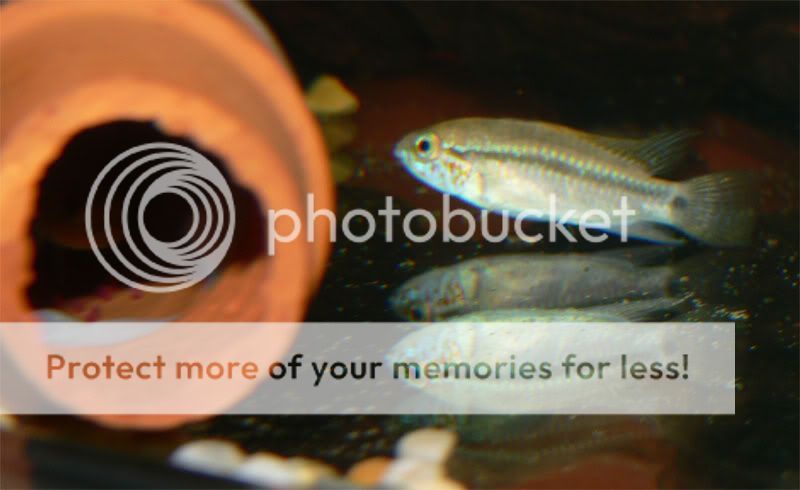
Oh and a little video of these two flirting

They’re in a 55g bare bottom community at the mo with four 3 -3.5" red turq discus, seven cardinals and 2 baby bristlenoses
Thanks, Tom
Some of you may have noticed my post a few days ago, I received these two through the post on Wednesday and within hours of being in the tank they where flirting.
This morning I noticed that the female was defending her cave, chasing off anyone who got too close (including 3.5"ish discus when she's about an inch)
The female with her nose down, seems to be their aggressive stance

Another of the female

A bad one of the male but look in the cave!!

Oh and a little video of these two flirting

They’re in a 55g bare bottom community at the mo with four 3 -3.5" red turq discus, seven cardinals and 2 baby bristlenoses
Thanks, Tom



 ) but i think you got ripped off as they are not (as far as I can tell from the pic's) A. Eremnopyge, Many apisto are sold either accidently or on purpose as another type.
) but i think you got ripped off as they are not (as far as I can tell from the pic's) A. Eremnopyge, Many apisto are sold either accidently or on purpose as another type.
 /www.practicalfishkeeping.co.uk/pfk/...em.php?news=377
/www.practicalfishkeeping.co.uk/pfk/...em.php?news=377

